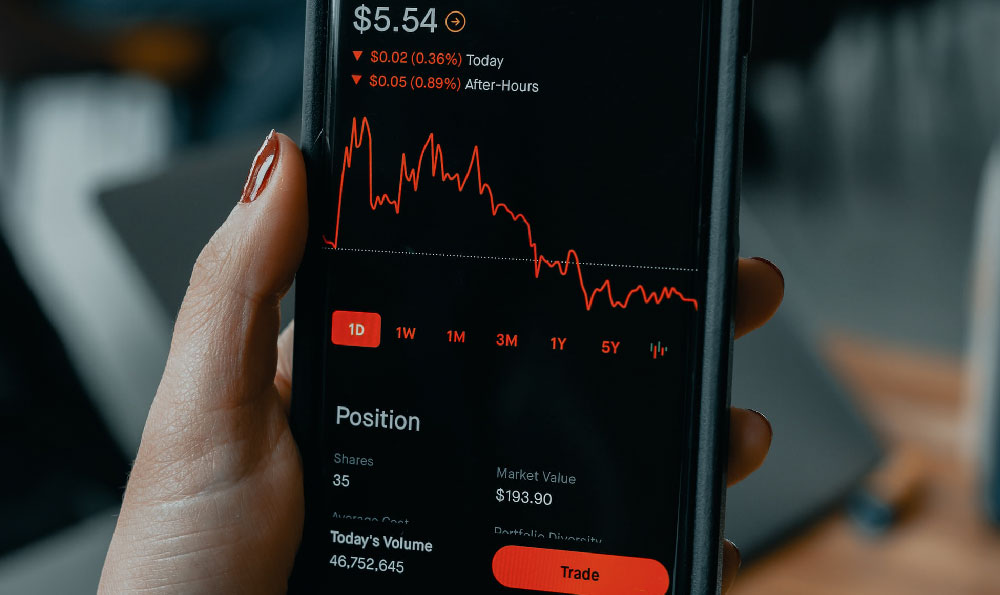Yes, YouTubers can absolutely still profit solo and make money on YouTube without a partnership. While Multi-Channel Networks (MCNs) once held significant sway, the platform has evolved, empowering independent creators to thrive. The idea that a partnership is a prerequisite for YouTube success is outdated and largely irrelevant in the current landscape.
The appeal of MCNs, in their heyday, revolved around the perceived benefits they offered: increased discoverability, access to better monetization options, content ID protection, and collaborative opportunities. MCNs promised to elevate channels, providing services and resources that solo creators often struggled to access. However, as YouTube matured, it began offering many of these same advantages directly to creators, effectively leveling the playing field.
One of the most significant changes has been the democratization of monetization. YouTube's Partner Program (YPP) allows creators meeting specific eligibility requirements—1,000 subscribers and 4,000 valid watch hours in the past 12 months—to monetize their videos through advertisements. This direct access to monetization eliminates the need for an MCN to act as an intermediary. Creators retain a larger percentage of their ad revenue when working directly with YouTube than when splitting it with an MCN. Furthermore, YouTube's AdSense program provides a streamlined platform for managing ad revenue, tracking performance, and receiving payments.

Beyond ad revenue, solo YouTubers have access to a multitude of other income streams without requiring a partnership. These include:
-
Affiliate Marketing: Creators can promote products or services in their videos and earn a commission on each sale generated through unique affiliate links. This is a powerful method, particularly for channels focused on product reviews, tutorials, or lifestyle content.
-
Sponsorships and Brand Deals: As a channel grows its audience, it becomes increasingly attractive to brands seeking to reach a specific demographic. YouTubers can collaborate with brands to create sponsored content, endorsing their products or services in exchange for payment. The advantage of a direct sponsorship is that the creator sets the terms and retains control over the creative execution, fostering authenticity.
-
Merchandise: Creating and selling branded merchandise, such as apparel, accessories, or physical products related to their content, allows YouTubers to tap into their loyal fan base and generate significant revenue. Platforms like Shopify and Printful make it easy for solo creators to manage their online stores and fulfillment processes.
-
Fan Funding: Platforms like Patreon, Buy Me a Coffee, and YouTube's own channel memberships allow viewers to directly support their favorite creators through recurring subscriptions or one-time donations. This fosters a strong sense of community and provides creators with a stable source of income.
-
Selling Digital Products: Creators can leverage their expertise and create digital products such as e-books, online courses, presets, or templates, offering valuable resources to their audience and generating passive income.
-
YouTube Premium Revenue: YouTubers also earn a portion of revenue generated from YouTube Premium subscribers who watch their videos. This provides an additional income stream without requiring any extra effort.
The key to succeeding as a solo YouTuber lies in building a strong brand, creating high-quality content, engaging with the audience, and consistently promoting the channel. Mastering YouTube SEO is crucial to ensure that videos are discoverable in search results. This involves optimizing video titles, descriptions, tags, and thumbnails to attract viewers and rank higher in search algorithms. Furthermore, understanding audience analytics is essential for identifying what resonates with viewers and tailoring content accordingly.
The independence afforded by foregoing a partnership also grants greater creative control. Creators can experiment with different content formats, explore niche topics, and maintain an authentic voice without being constrained by the limitations or expectations of an MCN. This freedom allows for greater innovation and fosters a stronger connection with the audience.
However, navigating YouTube as a solo creator also presents challenges. Creators are responsible for handling all aspects of their channel, from content creation and editing to marketing, promotion, and community management. This requires significant time, effort, and dedication. Understanding copyright law and content ID regulations is also essential to avoid potential legal issues. The support that an MCN once provided is now the responsibility of the individual.
The digital landscape is also rapidly changing. Staying up-to-date with the latest YouTube trends, algorithm updates, and monetization opportunities is critical for maintaining a competitive edge. This requires continuous learning, networking with other creators, and actively participating in the YouTube community.
While partnerships are no longer a necessity for YouTube success, they can still offer certain advantages. Some MCNs provide specialized support in areas such as legal assistance, production resources, or brand management. However, it is crucial to carefully evaluate the terms of any partnership agreement and ensure that it aligns with the creator's goals and values. Many creators have found that the cost of relinquishing a portion of their revenue and creative control outweighs the benefits of a partnership.
In conclusion, the era of mandatory MCN partnerships for YouTube profitability is over. Solo YouTubers possess the tools, resources, and opportunities to build successful and sustainable channels without relying on external intermediaries. The key lies in creating compelling content, understanding the platform, building a strong brand, and actively engaging with the audience. With dedication, perseverance, and a strategic approach, solo YouTubers can thrive and profit on YouTube.












